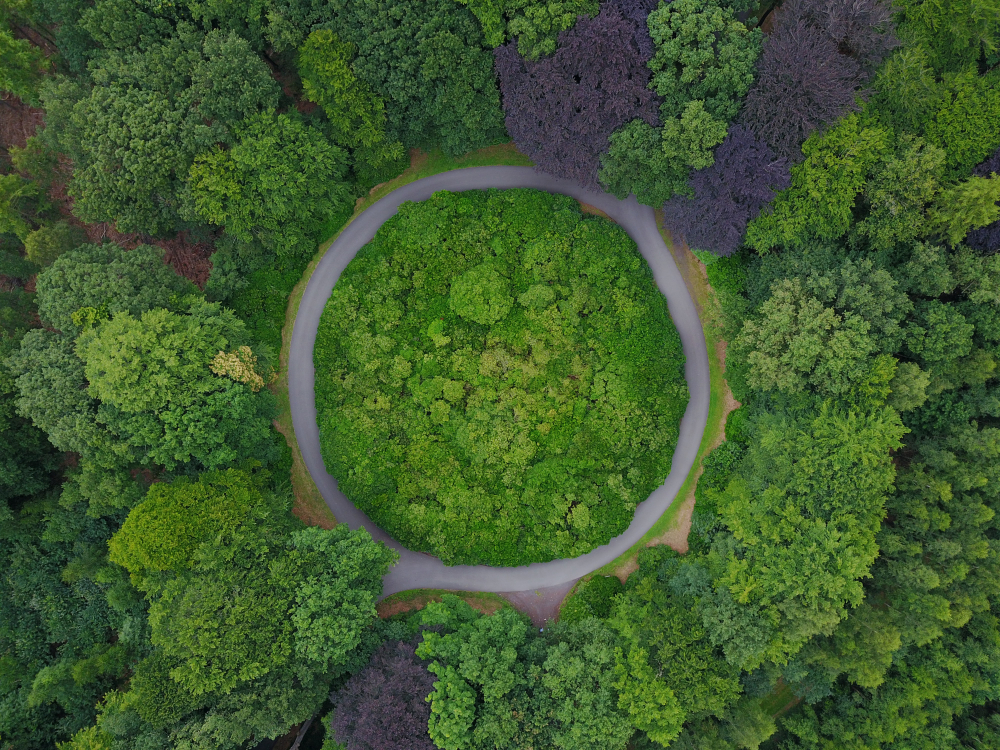How a circular economy can contribute to growth in renewable energy
A circular economy is a hot topic in the world of energy as nations across the globe begin to look for green solutions to tackle climate change. An effective circular economy demands a meticulous approach to resource efficiency and it must address the use of raw materials as well as energy sources.
Today, renewable energy like solar and wind power are becoming increasingly viable alternatives to fossil fuels. A crucial component of creating circular goods and resources is the utilisation of renewable energy, which includes how renewable plant components are created, developed, and managed, as well as how their second lives are managed.
Here, we take a look at how a circular economy can benefit the growth of the renewable energy industry.
What is a circular economy?
A circular economy is a new model of manufacturing and consumption that ensures long-term, sustainable growth. This means moving away from the world’s current economic model where resources and energy sources are extracted, used, and discarded. Instead, there is more of a focus on being very mindful of waste and re-using materials and energy sources where possible.
By recycling waste or giving it a second life as a new product or energy source, organisations can maximise resource use, cut down on the use of fossil fuels, and recoup waste. Most importantly, a circular economy revolves around a transition to renewable energy. The aim of the circular economy is therefore to make the most of the clean energy resources available to us which is why the renewable energy industry could benefit greatly from it.
Transforming the energy system
The demand from society for more sustainable industrial output is growing, and this need is now having an impact on organisations’ operations. A circular economy’s foundations are built by transitioning to a clean energy system; therefore, a transformation to renewable energy is key to its success.
Companies that use fossil fuels or an abundance of energy in their operations are being pressured to reduce their carbon emissions and transition to cleaner solutions. A circular economy strategy can help organisations to prioritise energy sources, set targets and achieve net-zero status. To achieve these goals and build the new energy infrastructure the world needs, the circular economy and the renewable energy industry have vital roles.
Designing circular systems
Creating an effective sustainable energy transition strategy requires factoring in the circular economy at the design stage. For the renewable energy industry to continue growing, massive amounts of design and installation will be required over the coming decades.
Therefore, now is the perfect time to consider how to design renewable energy products that are designed for longer life and how we create and operate the systems to deal with the waste.
For example, used car batteries which can no longer hold sufficient charge for the range needed in a motor vehicle still hold a residual capacity of 60-80% and can be effectively used in other applications that require lower performance.
Design is key to the success of a circular economy and, if embraced, they can have a substantial effect on the sustainability of our future and contribute to growth within renewable energy.
Using low-carbon materials
Batteries, solar panels, and wind turbines are just a few examples of renewable energy technologies that are essential for the future of low-carbon energy and in the fight against climate change. However, they also depend on the creation and usage of harmful composite and essential elements.
In order to reach net-zero goals, clean technology, such as electric vehicles or energy transition tools, must be created from materials with zero emissions and must not emit emissions when in use.
A circular economy can assist with building energy transition infrastructure from secondary materials and demonstrate the benefits of renewable energy. Once this becomes a standard across the globe, not only will we see a positive change in our planet’s outlook, but we will also see significant growth in the renewable energy industry.
Do you want to join the future of Renewable Energy?
Renewable energy is on the rise and is helping us secure a better future. There has never been a better time to join the industry and the careers on offer are not only profitable but greatly rewarding.
Are you looking to take the next step in your renewable energy career? Our expert recruitment team are on hand to discuss how you can land a renewable energy job. Alternatively, browse our renewable energy jobs or sign up for our latest job alerts.





.png?v=9c66da852d51be41fe90acf5046b80f7)
.png?v=b063bae722cc20e86f7c80b91426db55)
.png?v=36a90c86dfc9fe9c10b03095e461dfe9)